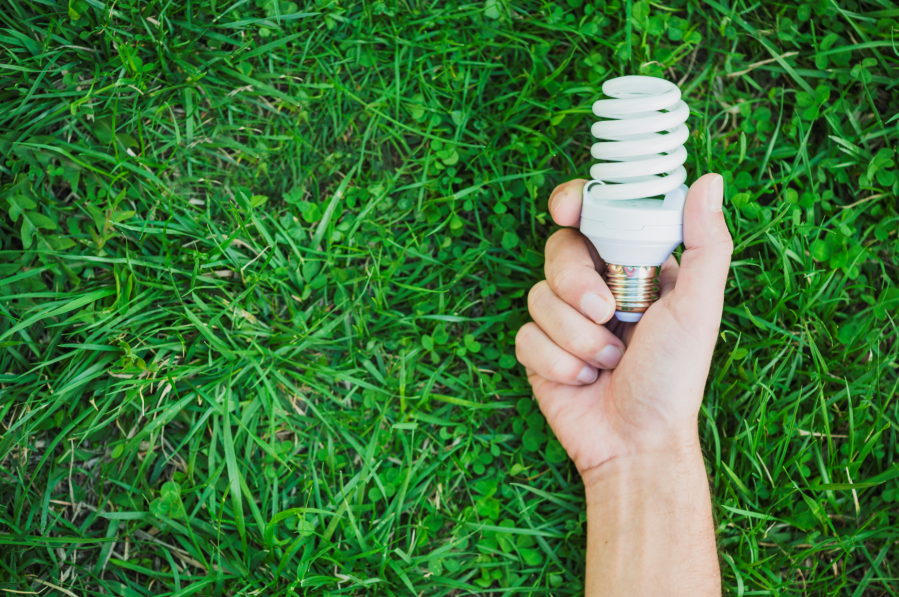
If you've decided to squeeze the budget and save some money this year, looking at the electricity bill is one of the first things you should do. We spend a ton of power on things that aren't truly essential. If you want to shave a few numbers off of your power bill, consider applying some of these power-saving tips.
Turn Off Energy Vampires
You might think that the majority of electrical energy in your home is expended by appliances and gadgets that are turned on. Surprisingly, this isn't the case. It's estimated that around seventy percent of energy is used while the appliance is powered off. How could this possibly be the case?
Even when something isn't turned on, it's still plugged into the wall socket. A lot of appliances passively use energy to keep themselves ready or to simply power that little light that tells you that it's available to use. This energy vampirism costs you hundreds of dollars per year. By connecting everything to a power strip and turning it off before you go to bed, you're saving your power bill from huge unnecessary expenditures.
Clear the Dryer Lint
Dryers spend a lot of energy getting your clothes in wearable condition within a short amount of time. After every use, the dryer accumulates a small amount of lint that comes from the various pieces of clothing that were being dried.
This lint can slowly clog up the dryer and cause it to malfunction or work in an inefficient way. This might not be instantly noticeable, but your clothes will need longer to dry and you're going to be using it more often. When it gets clogged up with lint, the dryer works with only sixty percent efficiency, which means more power is required for the same amount of clothing. By clearing the lint, you're going to make sure that it works at peak efficiency.

Keep Appliances Working Well
Every electronic device needs to be well-maintained in order to remain efficient. Dust tends to build up inside of them and certain components can fail every once in a while. Because of this, they might end up becoming less and less efficient over time, consuming more energy as they go.
Outright buying a new appliance every time it starts slowing down is not the most cost-effective solution. The more efficient alternative would be to contact a domestic appliance repair service and have them take a look at your device. If the problem is easily solvable, you could end up paying a minimal sum of money for a long-term investment in an efficient piece of electronics. Not to mention, fixing the appliance prevents short-circuits and potentially dangerous shocks.
Keep the Water Cool
When you use your washing machine to clean a batch of clothes, consider setting the water temperature as low as you can. It might seem counterintuitive for the purpose of cleaning clothes, but the detergent does the job just fine even in colder conditions. If nothing is particularly stained, you should get pretty similar results to a regular wash.
This will save you quite a bit of power, as creating warm water requires a ton of electricity. Even when you have something that needs a thorough wash, you should remember to set the water to a medium temperature.
When you head in the shower, reconsider scalding temperatures. Hot water is very harmful to the health of your skin and it can leave it dry and flaky after a while. Not to mention, cold showers also soothe the skin and provide a refreshing feeling after a hot day.
Conclusion
Keeping the power bill low is not that difficult of a task. There are a variety of things in the average home that use unnecessary amounts of power. Taking care of them is pretty easy. Consider some of these tips the next time you use your electronics and you should end up with a drastically lower power bill.
Written by Patrick Adams
About the Author
Patrick Adams is a freelance writer and rock-blues fan. When he is not writing about home improvement, he loves to play chess, watch basketball, and play his guitar. More than anything, he loves to spend his time in his garage, repairing appliances and creating stuff from wood.
You may also like
The Anatomy of a Green Home [Infographic]
5 Smart Reasons to Use Solar Power
Energy-Saving Ideas for Your Greener Home
